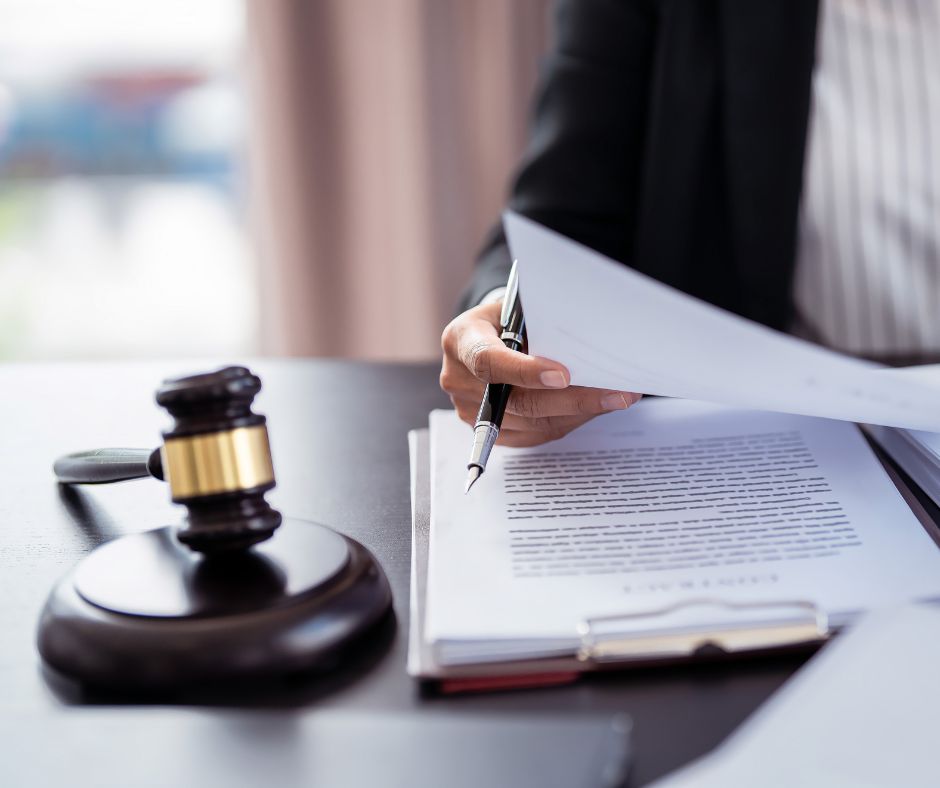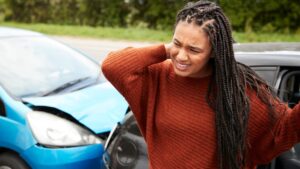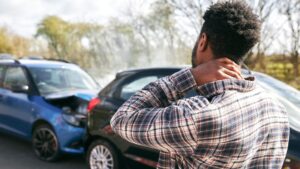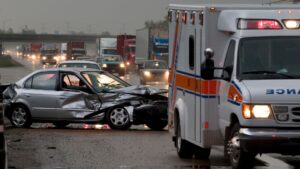
Understanding how to determine liability in a car accident is crucial for anyone involved in a collision. In Washington, the pure comparative negligence law governs this process. This law permits injured parties to receive partial compensation even if they share some blame for the accident.
Under pure comparative negligence rules, courts and adjusters assess the accident and assign a percentage of fault to each party involved. The degree of fault assigned influences the compensation you receive. For instance, if you are 60 percent responsible for the accident, you would be eligible to receive 40 percent of the total damages awarded.
Let’s delve into the process and the methods courts and insurance companies use to determine liability. We’ll also look at the importance of evidence gathering and what you need for a winning car accident claim so you can make informed decisions.
What Is Pure Comparative Negligence Law?
Under pure comparative negligence law, each party involved in an accident is assigned a percentage of fault. This percentage represents their contribution of fault to the accident. Their respective percentage of fault then reduces the compensation each party can recover.
So, for example, if you are involved in a car accident and a court finds you 40% at fault, your total compensation will be reduced by 40%. In other words, the court proportionally reduces compensation by the percentage of fault assigned to each party. This calculation means if the total damages amount to $10,000, you would be eligible to receive $6,000 after a 40% reduction due to your share of fault.
Unlike some other negligence laws, pure comparative negligence allows for partial recovery of damages, no matter how high your percentage of fault is. So, the rule applies regardless of the level of fault assigned to each party. Even if a court or adjuster finds you are 90% at fault, you can still recover 10% of the total damages.
Can You Explain How to Determine Liability in a Car Accident?
A Court or insurance adjuster is responsible for evaluating the evidence, assessing each party’s actions, and determining percentages of fault. Here are several key persuasive factors.
Police Reports
One of the first steps in determining car accident liabilities is reviewing the police report. After an accident, law enforcement officers typically arrive at the scene to document the incident. They interview the involved parties, gather evidence, and sometimes issue citations if parties violate traffic laws. This report provides an unbiased account of the accident.
Witness Interviews
Witnesses can provide valuable perspectives that support or contradict the accounts of those involved in the accident. Interviewing witnesses can help clarify the sequence of events and establish who was at fault. Witnesses might include passengers, pedestrians, or other drivers who saw the accident.
Accident Reconstruction Specialists
In more complex cases, accident reconstruction experts may intervene. These professionals analyze the physical evidence from the scene, such as skid marks, vehicle damage, and the final resting positions of the vehicles. Using this data, they can recreate the accident to understand how it occurred and identify contributing factors.
Accident Reconstruction Reports
Accident reconstruction reports provide expert analysis to piece together the events leading up to the crash. These reports use physical evidence from the scene, such as vehicle damage and skid marks, to recreate the accident. This detailed analysis helps identify contributing factors and clarifies how the accident occurred, which is crucial for determining liability and fault. The insights from these reports can be pivotal in settlement negotiations and court proceedings.
Traffic Laws and Regulations
Understanding and applying Washington State’s traffic laws is crucial in determining liability. Violations of traffic laws, such as running a red light, speeding, or failing to yield, can heavily influence fault determination.
Photographic Evidence
Photos taken at the accident scene can be invaluable. They capture vehicle damage, road conditions, weather, and visible injuries. This visual evidence helps corroborate accounts of the accident and supports the findings of accident reconstruction experts.
Medical Records
Medical records provide concrete evidence linking injuries directly to the accident, which is crucial for proving causation in a claim. They also help quantify the damages, including medical expenses, lost wages, and pain and suffering. Detailed medical documentation supports the credibility of your injury claims. Moreover, insurance companies and courts often require them to validate the extent of your injuries.
What Are the Difficulties in Determining Fault?
Determining fault in a car accident is rarely straightforward. It involves analyzing evidence, understanding traffic laws, and, often, negotiating with insurance companies. Common difficulties that arise include:
- Multiple parties involved—when more than two vehicles are involved, assigning fault becomes more challenging;
- Lack of concrete evidence—insufficient or unclear evidence can make it difficult to establish a straightforward narrative of the accident;
- Conflicting accounts—discrepancies in the statements of those involved and witnesses can complicate the process; and
- Partial fault—in many cases, more than one party is at fault. Washington’s comparative negligence law means you can still recover damages even if you are partially at fault. However, your compensation will be adjusted accordingly.
These complexities underscore the importance of thorough investigation and working with an experienced Everett car accident lawyer to establish liability and secure fair compensation.
Brett McCandlis Brown & Conner Can Help You Establish Fault
At Brett McCandlis Brown & Conner, we understand Washington’s nuanced traffic laws and comparative negligence rule and will fight to ensure you receive fair compensation for your damages and injuries. As your advocates, we will work with accident reconstruction experts, gather medical records, and obtain witness statements to ensure that all relevant evidence is collected and preserved. And if we cannot negotiate a fair settlement, we’ll be ready to fight for you tirelessly in court.
We’ve won over $100M in verdicts and settlements for our clients, and as your experienced car accident attorney, we will protect your rights while maximizing your chances of a successful claim. Contact us today for a free consultation, and let us explain how having a skilled legal professional on your side can make a significant difference in your case’s outcome.


